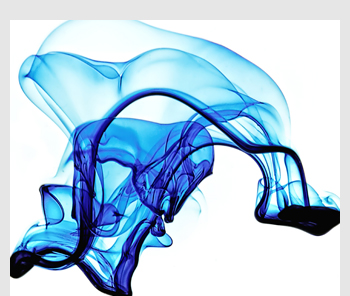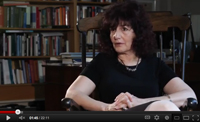

In general, psychoanalysis is a method of investigation and a set of theories on how the human mind works and what motivates human behaviors. Psychoanalytic psychotherapy is a specific kind of psychodynamic psychotherapy. It is an intensive treatment, requiring more frequent sessions, in which the psychoanalyst (i.e., therapist) and the analysand (i.e., patient) attempt to understand what motivates the analysand. Because the individual is often not aware of what causes him or her to think, feel, or act in a certain manner, the analyst guides the analysand into accessing his or her unconscious dynamics. By examining the analysand’s free associations, fantasies, dreams, enactments, and relationship with the analyst, the internal world of the analysand opens up for exploration. At times, paying close attention not only to what is said but also to how it’s being said, what isn’t said, and how the body moves while the analysand narrates the story, provides very rich information.


What is psychotherapy anyway?
A dialogue between psychoanalysts
FREQUENTLY ASKED QUESTION:
Q: How is psychoanalysis different from other forms of psychotherapy?
A: Psychoanalysis differs from other forms of therapy in its focus, depth and method. Although specific problems can be the
focus of attention in any form of psychotherapy, in psychoanalysis problems are dealt within the context of the person’s
whole personality
Q: How many times a week will I have to meet with the psychoanalyst?
A: Psychoanalytic treatment requires a commitment to frequent sessions per week. Most patients are seen for 2 - 3 sessions per week but frequency
can go up to 5 times per week. Other arrangements are possible as well and should be discussed with the analyst.
Q: How long does psychoanalytic treatment last?
A: Psychoanalytic treatment can last as long as you need. There is no "typical" length for psychoanalysis. However, a minimum of two years is usually
recommended.
Q: Do I have to lie on the couch?
A: Psychoanalytic treatment can be delivered in several ways – with the analysand lying on the coach or sitting face-to-face with the analyst. Some
analysands are able to be more spontaneous and get in touch with their deeper feelings by lying on the couch with the analyst seated behind them.
Others need to re-experience their personal history and are therefore better able to explore and understand it in new ways when they face the analyst.
What will best fit your needs should be discussed and determined together with your analyst.
Q: Are psychoanalysis and Freudian therapy the same thing?
A: Freud is considered the father of psychoanalysis as he was the first to suggest that we are not as rational as we would like to think we are, and
that our less rational unconscious is responsible for most of our behaviors, feelings and thoughts. He was the first to systematically study the
unconscious and the first to develop methods of accessing the unconscious part of the human mind. However, since the birth of psychoanalysis
roughly a century ago, psychoanalysis developed and transformed and is rarely practiced in the pure form that Freud suggested. For example, we
know today that the mutative aspect of psychoanalysis is not only gaining “insight” into our problems but also experiencing a supportive relationship
with a psychotherapist where we are listened to and feel understood. This knowledge changed the way we practice psychoanalysis today. Most
analysts today are not “blank slates” and tend to be more related and take a more active stand in the psychoanalytic process.
Copyright 2011-2014 © Amira Simha-Alpern, All rights reserved
